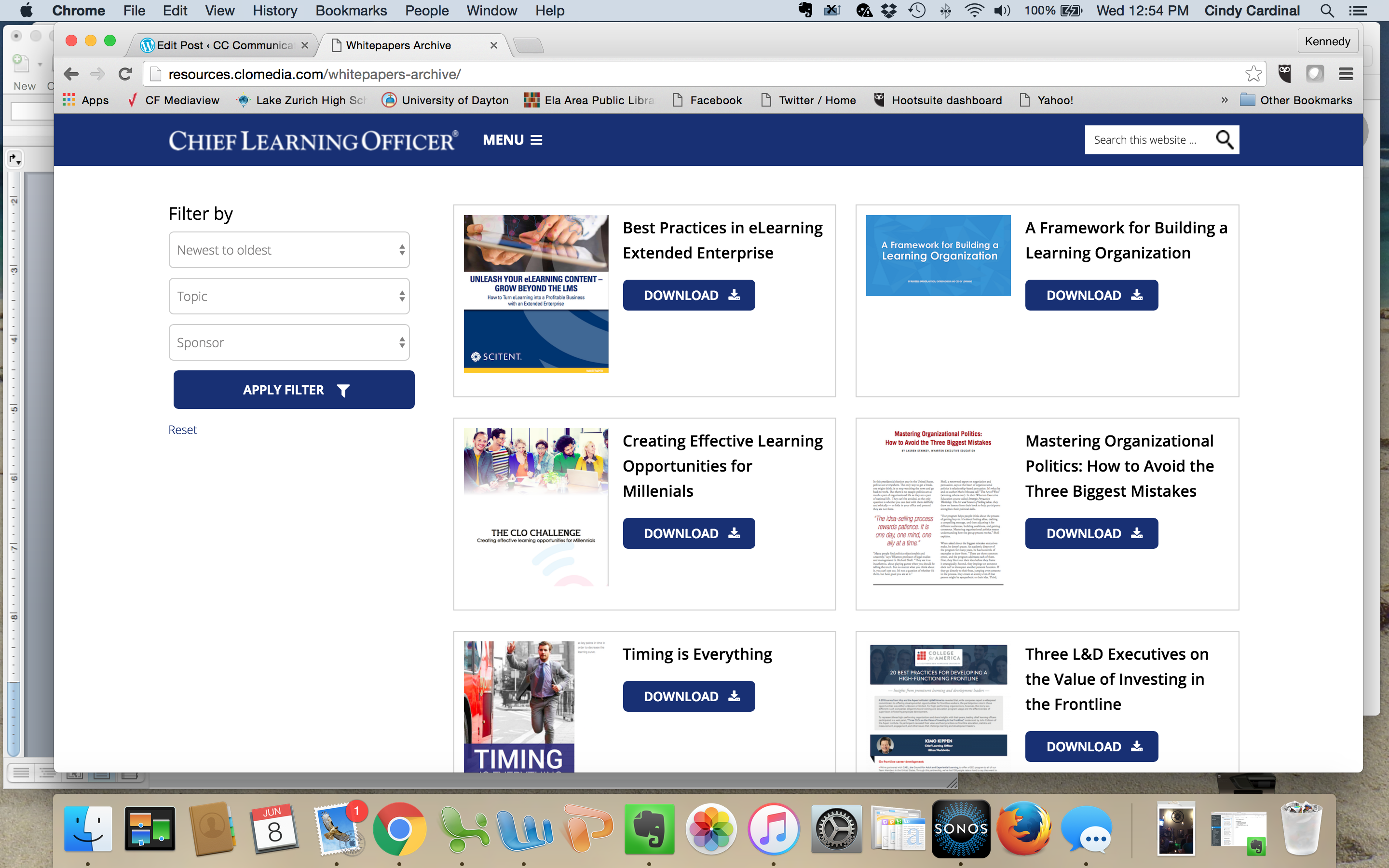White Papers & Lead Generation—Evolving Daily. Part 1
The Importance of Attending Events
May 27, 2016White Papers & Lead Generation-Part 2
August 3, 2016White Papers & Lead Generation—Evolving Daily. Part 1
White papers are reports usually offered as free downloads. The content is a focused topic that pertains to the creator’s business and that the downloader wants to learn more about. In return for the free white papers, people supply the hosting company with contact information, possibly some demographics.
White papers are a valuable part of the revenue steam and help with brand building, lead generation, and database building. Many media companies have “white paper” sections on their websites.


Manufacturers or service providers post white papers on their websites as well.

However, they often want them posted on media company sites to be introduced to potential customers. By virtue of media companies’ heavy content, many have regular website traffic of people visiting them.
When posted on the media company’s site, the white paper leads are passed to the advertisers. Vendors are finding these lead generation programs worthwhile, since these are pre-screened prospects. They can try to convert to future sales. Sometimes leads are downloaded directly to the advertiser websites, which can be a missed opportunity for the media company to build its database.
There are 3 main kinds of white papers, with hybrids as well. To keep it simple, I use the “advertiser” to represent the firm posting the white paper and “media company” to refer to the company selling the services and hosting the white paper.
- The advertiser writes its own white paper to put on a media company’s website.
- The media company does proprietary research with the advertiser to create and execute the white paper.
- The media company creates a white paper with its own internally generate content to help build its own client base.
I will ignore the 4th type , which is straight forward sales material. This is NOT a white paper and should be called what it is.
Perusing many websites recently shows that data collection for online white papers is like the Wild West—no protocol, no rules, firms collecting data points from nothing to way more information than people are willing to give for a free download.
Part 2 of this post will include a sampling of the wide range of data collection forms, with pros and cons for each.
The journey continues.
C
Related posts
Image by pch.vector on Freepik




